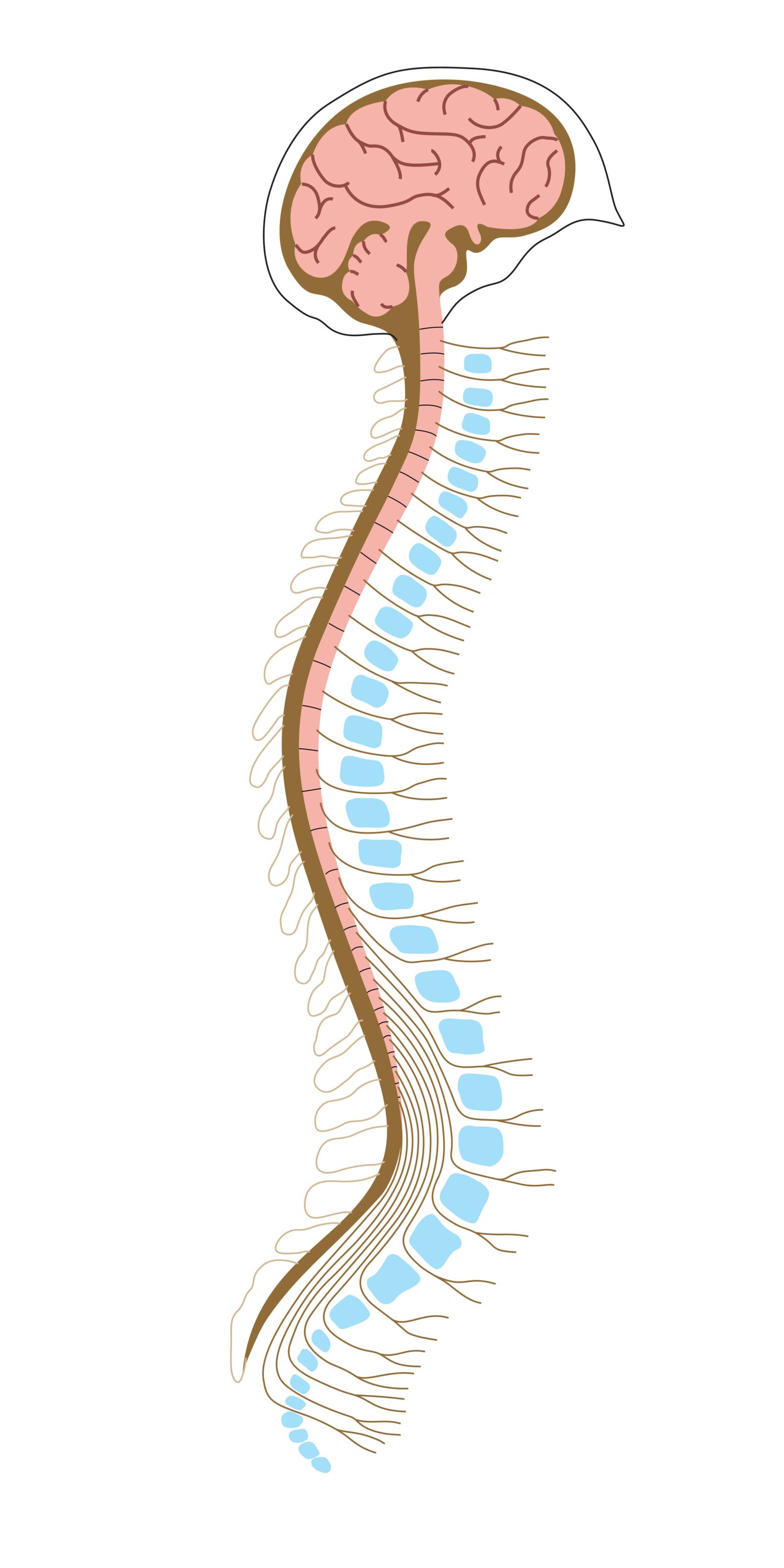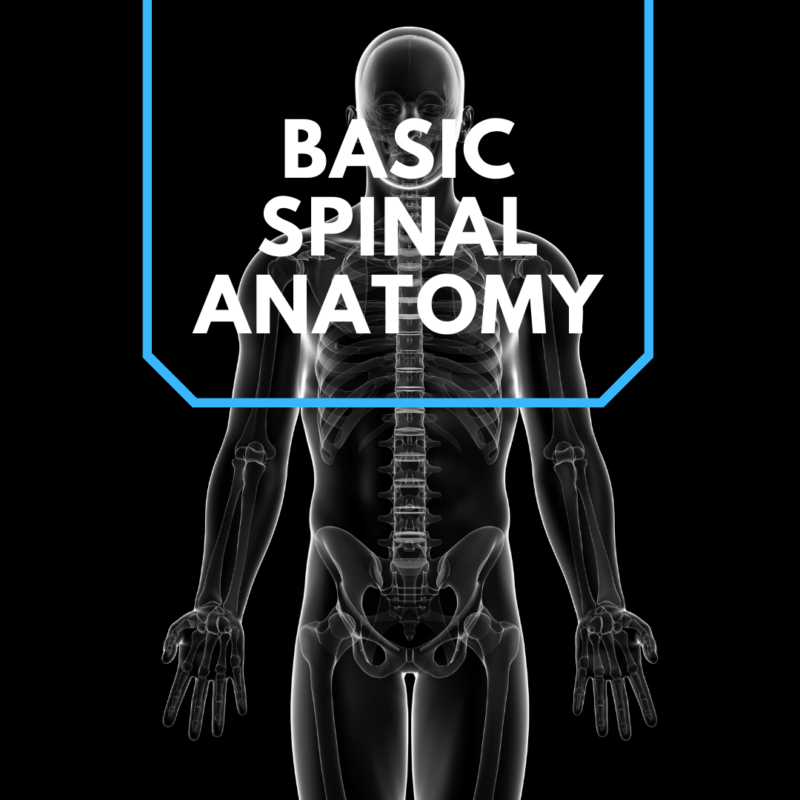The spine is a complex structure that plays a vital role in the health and function of the body. The spinal cord, nerves, muscles, ligaments, and discs all work together to provide support, movement, and flexibility. When something goes wrong with this intricate system, it can lead to back pain. In this blog post, we will take a closer look at the basic anatomy of the spine. We will discuss the different regions of the spine and how they are affected by back pain. We will also touch on the different components of the spine and how they work together to keep us moving.

Vertebrae
The spine is made up of 33 vertebrae, which are bones that provide support and protection for the spinal cord. The vertebrae are divided into three regions: cervical, thoracic, and lumbar. The cervical spine is made up of the seven vertebrae in the neck. The thoracic spine is made up of the 12 vertebrae in the chest that are connected to the rib cage. The lumbar spine is made up of the five vertebrae in the lower back. The lumbar vertebrae are significantly larger than the other vertebrae since they are used to carry the majority of your weight. At the very bottom of your spine is the sacrum and coccyx, which are fused together.
Spinal Cord & Nerves
The spinal cord is a long, thin bundle of nerves that runs from the skull to the lower back through the center of the vertebrae. The spinal cord is responsible for sending messages between the brain and the rest of the body. The spinal cord is surrounded by a thin layer of tissue called the meninges. Nerves branch out through the various vertebrae in order to carry signals between the brain and the muscles. The lower back, in particular, has a few major nerve bundles known as the cauda equina and sciatic nerve.
Muscles and Ligaments
The muscles and ligaments are tissues that attach to the vertebrae and help to hold the spine in place. The muscles work with the ligaments to keep the spine stable and allow for movement. Overworked muscles or ligaments can cause back pain.
Intervertebral Discs
The intervertebral discs are pads of flat, round tissue that sit between the vertebrae. The discs are about a half inch thick and act as shock absorbers. They also help to distribute weight evenly throughout the spine. There are many nerves that surround the intervertebral discs, which is why a herniated disc can cause pain, weakness, and numbness.
Facet Joints
The facet joints are small joints between the back of the vertebrae that connect the vertebrae together. The facet joints allow for rotation of the spine and help to keep the vertebrae in alignment. Like other joints in the body, the facet joints have a layer of cartilage between them that can wear down over time. When this happens, it can cause pain.
In Conclusion
In this blog post, we have discussed the basics of spinal anatomy. We have looked at the different components of the spine and how they work together to keep us moving, as well as how back pain can affect them. All of these structures work together to provide support, stability, and flexibility to the spine. When something goes wrong with any of these structures, it can lead to back pain. If you are experiencing back pain, it is important to consult with a healthcare professional to determine the cause. A healthcare professional will be able to provide you with the best treatment options for your particular case. Thanks for reading!










